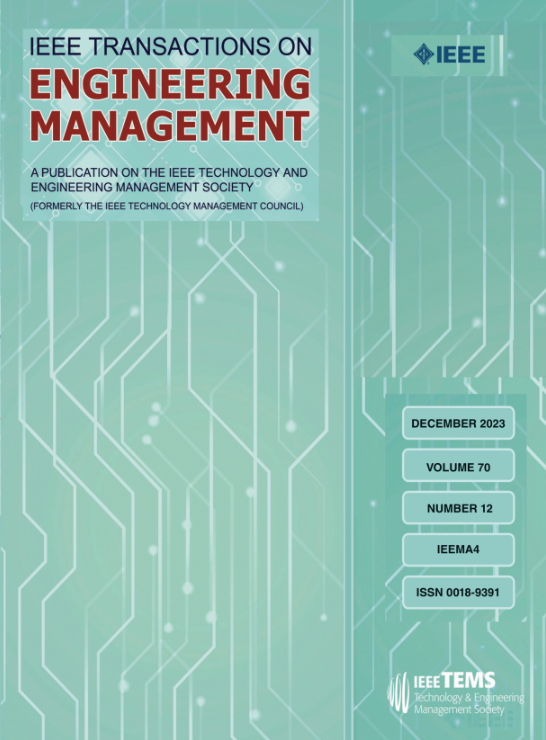Reconciling Technophilia and Technophobia Using Intrarole Identity Tensions: A Paradox Theory Perspective
IF 4.6
3区 管理学
Q1 BUSINESS
引用次数: 0
Abstract
The application of social service robots in organizational contexts may be perceived negatively or positively, shaping varying forms of intrarole identities. Positive perceptions and attitudes are mostly referred to the concept of technophilia, a strong enthusiasm for new technologies. In contrast, negative perceptions are explained by the concept of technophobia, the fear or aversion to technology. There is a limited understanding of how both technophilia and technophobia traits can together cause paradoxical tensions in a role, making opposing sides of the role salient. In this article, we aim to unpack the theoretical grounds of technophilia and technophobia traits by identifying intrarole paradoxical tensions. Identifying these tensions can offer a well-adjusted explanation of how contradictions within a role evolve and persist in times of using technologies. We applied a grounded theory methodology to generating and conceptualizing data to eventually help the emergence of concepts that shape the technophilia–technophobia spectrum. We identified and conceptualized three intrarole identity paradoxical tensions: caring identity–controlling identity; technology leadership identity–technology followership identity; and autonomous identity–coercive identity. These paradoxical tensions reveal why employees uphold both technophilia–technophobia traits simultaneously when using social service robots. We also articulated the coping strategies that employees maintain to strike a balance between opposing identities.利用内部身份紧张关系调和技术迷恋与技术恐惧症:悖论理论视角
社会服务机器人在组织环境中的应用可能会被消极或积极地看待,从而形成不同形式的组织内部身份。积极的看法和态度主要是指 "技术狂热"(technophilia)的概念,即对新技术的强烈热情。与此相反,消极的看法则可以用技术恐惧症的概念来解释,即对技术的恐惧或厌恶。对于技术迷恋和技术恐惧症这两种特质如何共同导致角色中的矛盾张力,使角色的对立面变得突出,人们的理解还很有限。在这篇文章中,我们旨在通过识别角色内部的矛盾张力,来解读技术恋和技术恐惧症特质的理论依据。识别这些张力可以为角色内部的矛盾如何在使用技术的时代演变和持续提供一个经过调整的解释。我们采用了基础理论方法来生成数据并将其概念化,最终帮助形成了技术嗜好-技术恐惧症谱系的概念。我们确定了三种内在身份矛盾张力并将其概念化:关怀身份-控制身份;技术领导身份-技术追随者身份;自主身份-强制身份。这些矛盾张力揭示了为什么员工在使用社会服务机器人时会同时坚持技术热爱和技术恐惧两种特质。我们还阐明了员工在对立身份之间保持平衡的应对策略。
本文章由计算机程序翻译,如有差异,请以英文原文为准。
求助全文
约1分钟内获得全文
求助全文
来源期刊

IEEE Transactions on Engineering Management
管理科学-工程:工业
CiteScore
10.30
自引率
19.00%
发文量
604
审稿时长
5.3 months
期刊介绍:
Management of technical functions such as research, development, and engineering in industry, government, university, and other settings. Emphasis is on studies carried on within an organization to help in decision making or policy formation for RD&E.
 求助内容:
求助内容: 应助结果提醒方式:
应助结果提醒方式:


